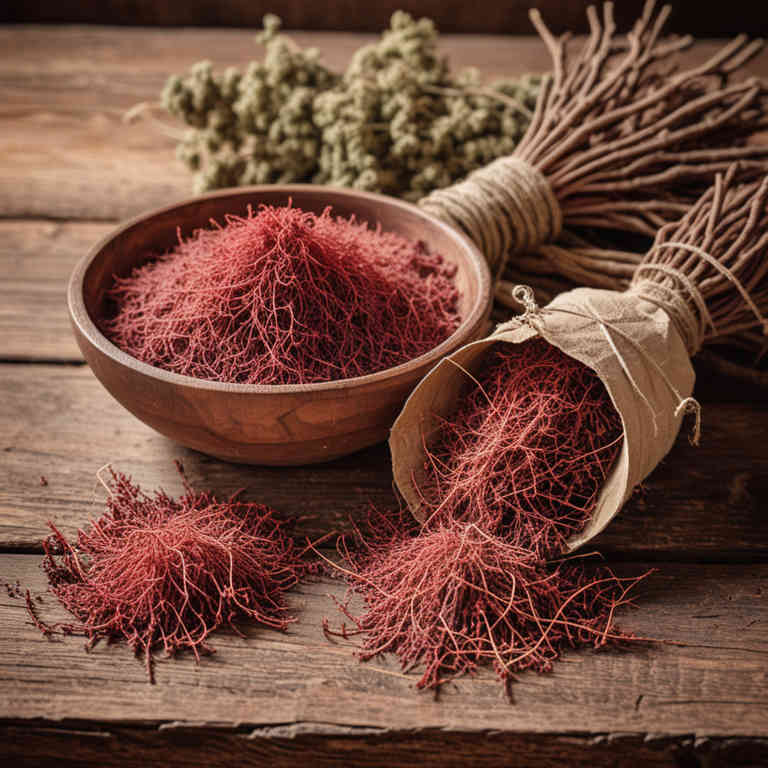Ulmus rubra mucillage for medicinal use

Ulmus rubra mucillage is a viscous substance derived from the inner bark of the red elm tree.
It is known for its high mucilage content, which gives it soothing and demulcent properties. In herbalism, it is used to calm irritated mucous membranes in the respiratory and digestive tracts. It is often prepared as a poultice or infused into water for internal use.
This preparation is valued for its ability to relieve inflammation and promote healing in various ailments.
Uses
Ulmus rubra mucillage has been used to treat respiratory and digestive ailments for centuries, particularly among Indigenous peoples of North America.
Traditionally, it was valued for its soothing properties and was often prepared as a poultice or decoction to alleviate coughs, sore throats, and gastrointestinal discomfort. Historically, it was also used in rituals and as a remedy for skin conditions and inflammation. In modern times, it has gained attention for its potential anti-inflammatory and demulcent effects, leading to its use in natural medicine and herbal supplements.
However, further scientific research is needed to fully validate its efficacy and applications.
Benefits
Ulmus rubra mucillage has health benefits such as supporting digestive health, reducing inflammation, and promoting respiratory wellness.
It is known for its soothing properties, which can help alleviate symptoms of gastrointestinal discomfort and irritation. The mucilage content acts as a natural demulcent, providing a protective layer over mucous membranes. It is also used traditionally to ease coughs and sore throats due to its mild expectorant effects.
Overall, Ulmus rubra mucilage is valued for its gentle yet effective role in supporting overall wellness.
Constituents
Ulmus rubra mucillage active constituents include polysaccharides, mucilage, and tannins.
These components contribute to its demulcent and anti-inflammatory properties. The polysaccharides help in soothing irritated mucous membranes, making it useful for digestive and respiratory tract ailments. Mucilage acts as a natural emollient, aiding in the treatment of conditions like gastritis and coughs.
Tannins provide astringent effects, which can help in reducing inflammation and promoting healing.
Preparation
To make Ulmus rubra mucillage, begin by collecting fresh inner bark from the red elm tree, ensuring it is free from pests and disease.
Wash the bark thoroughly and cut it into small pieces to increase surface area for extraction. Place the pieces in a pot and add water, bringing it to a gentle simmer over low heat. Allow the mixture to simmer for about 30 minutes, then strain the liquid through a fine mesh or cheesecloth to collect the mucilage.
Let the extracted mucilage cool and store it in a sealed container in the refrigerator for up to two weeks.
Side Effects
Ulmus rubra mucillage may lead to gastrointestinal discomfort, including nausea, vomiting, and diarrhea, due to its high mucilage content.
It may also cause allergic reactions in individuals sensitive to the plant species. Prolonged use could potentially lead to digestive blockages or constipation. In some cases, it may interfere with the absorption of other medications.
It is important to consult a healthcare professional before using this preparation, especially for individuals with pre-existing digestive conditions.